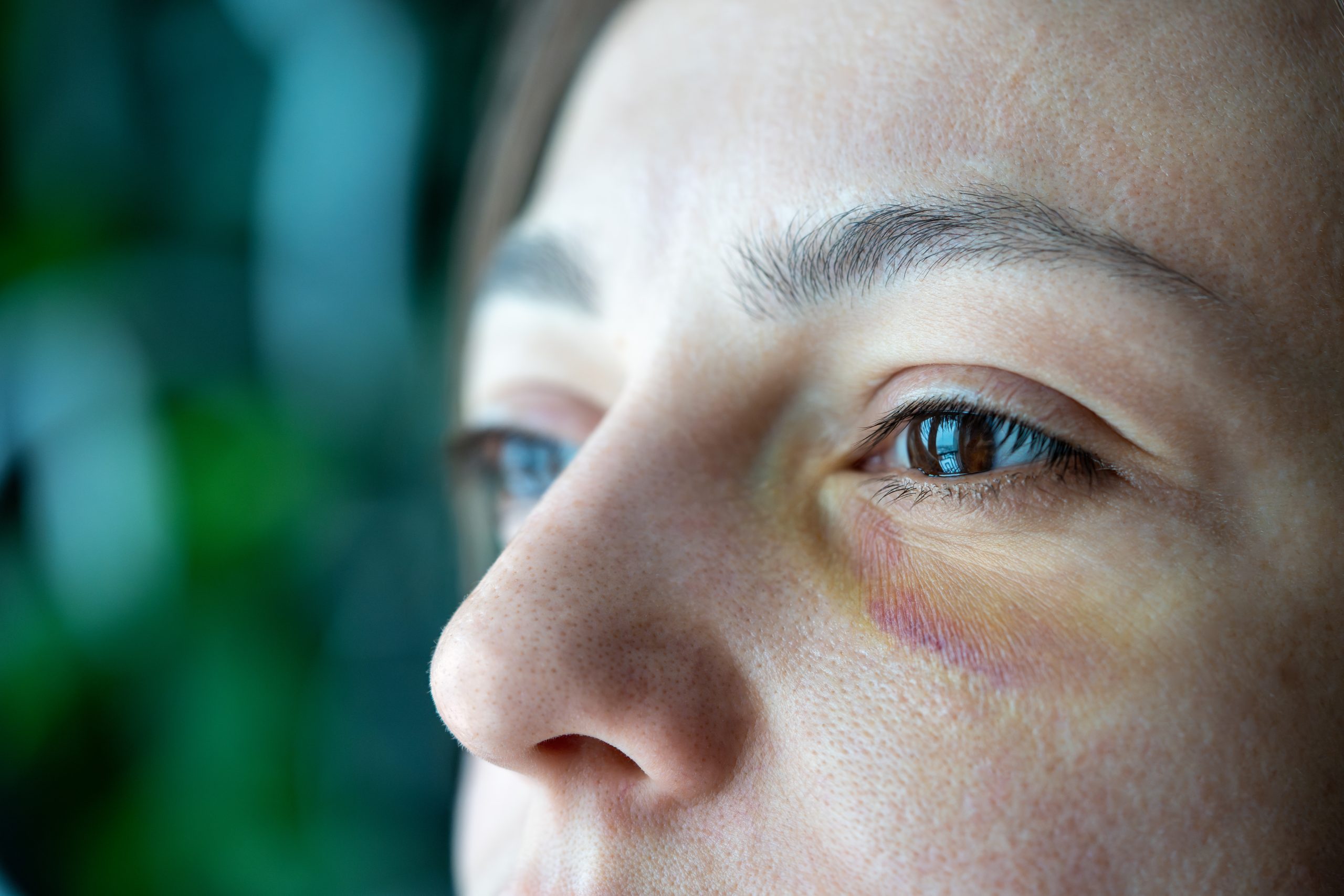Blepharochalasis: Causes, Symptoms, and Treatment Options
Introduction
Blepharochalasis, though rare, is a condition that can significantly impact one’s quality of life. Often misunderstood or misdiagnosed, it’s crucial to delve into its intricacies to grasp its implications fully. In this comprehensive guide, we’ll explore the causes, symptoms, and available treatment options for blepharochalasis, shedding light on this lesser-known yet impactful ocular condition.
What is Blepharochalasis?
Blepharochalasis, derived from the Greek words “blepharo” (eyelid) and “chalasis” (relaxation), is a rare disorder characterized by recurrent episodes of inflammation and subsequent thinning of the eyelid skin. While it typically manifests in childhood or adolescence, it can occur at any age, posing challenges in both diagnosis and management.
Causes
The precise etiology of blepharochalasis remains elusive, with experts suggesting a multifactorial interplay of genetic, immunological, and environmental factors. Some studies propose an autoimmune mechanism, wherein the body’s immune system mistakenly attacks the tissues of the eyelids, leading to inflammation and subsequent tissue degeneration. Others hypothesize a genetic predisposition, as blepharochalasis often runs in families, albeit with varying degrees of severity.
Symptoms
Blepharochalasis presents with a constellation of symptoms, which may include:
- Recurrent eyelid swelling: Episodes of unilateral or bilateral eyelid swelling, often accompanied by pain or discomfort, are hallmark features of blepharochalasis. These episodes may resolve spontaneously but can leave residual skin laxity over time.
- Eyelid thinning and redundancy: Chronic inflammation and tissue degeneration lead to progressive thinning and stretching of the eyelid skin, resulting in redundant folds and an aged appearance.
- Ptosis: In severe cases, blepharochalasis can cause ptosis, or drooping of the eyelids, further obscuring vision and impairing visual function.
- Eyelash abnormalities: Changes in eyelash growth patterns, including sparse or misdirected lashes, may occur due to the altered anatomy of the eyelids.
Diagnosis
Diagnosing blepharochalasis requires a thorough evaluation by a healthcare professional, typically involving:
- Medical history: A detailed history of symptoms, including the onset, duration, and recurrence of eyelid swelling, is essential for accurate diagnosis.
- Physical examination: A comprehensive examination of the eyelids, including assessment of skin texture, elasticity, and presence of redundant folds, is performed to identify characteristic features of blepharochalasis.
- Dermatological and ophthalmic assessment: Collaboration with dermatologists and ophthalmologists is essential to rule out other conditions presenting with similar symptoms, such as allergic reactions, thyroid eye disease, or hereditary connective tissue disorders.
Treatment Options
While there is no definitive cure for blepharochalasis, various treatment modalities aim to alleviate symptoms and improve eyelid function and aesthetics. These may include:
- Symptomatic management: During acute episodes of eyelid swelling, conservative measures such as cold compresses, anti-inflammatory medications, and topical corticosteroids can help reduce inflammation and discomfort.
- Surgical intervention: In cases of severe eyelid laxity or ptosis, surgical procedures such as blepharoplasty or ptosis repair may be warranted to restore eyelid contour and function. These interventions should be tailored to individual patient needs and preferences, with careful consideration of potential risks and benefits.
- Ongoing monitoring: Regular follow-up with a multidisciplinary team comprising ophthalmologists, dermatologists, and plastic surgeons is essential to monitor disease progression, manage complications, and optimize treatment outcomes.
When to Consult a Doctor
It is advisable to seek medical attention if you experience any of the following:
- Recurrent episodes of eyelid swelling or inflammation
- Persistent changes in eyelid appearance, such as thinning or redundancy
- Difficulty in opening or closing the eyes
- Impaired vision or discomfort associated with eyelid abnormalities
Prompt evaluation by a healthcare professional can facilitate early diagnosis and appropriate management of blepharochalasis, minimizing potential complications and optimizing treatment outcomes.
Conclusion
Blepharochalasis poses unique challenges in diagnosis and management, requiring a multidisciplinary approach and individualized treatment strategies. By increasing awareness and understanding of this rare condition, we can empower patients and healthcare professionals alike to navigate its complexities and enhance patient care and outcomes.
World Eye Care Foundation’s eyecare.live brings you the latest information from various industry sources and experts in eye health and vision care. Please consult with your eye care provider for more general information and specific eye conditions. We do not provide any medical advice, suggestions or recommendations in any health conditions.
Commonly Asked Questions
While there is no guaranteed way to prevent blepharochalasis, avoiding chronic eye irritation and protecting the eyes from UV radiation may help reduce the risk.
While symptomatic relief can be achieved with topical treatments or home remedies during mild episodes, severe cases often require medical intervention or surgical management for optimal outcomes.
Practices such as stress management, adequate hydration, and a balanced diet rich in antioxidants may support overall ocular health and potentially reduce the frequency or severity of blepharochalasis episodes.
Sun protection, including wearing sunglasses and applying sunscreen to the eyelid area, may help minimize inflammation and protect the delicate skin from UV-induced damage in individuals with blepharochalasis.
In some cases, the initial symptoms of blepharochalasis, such as eyelid swelling, may resemble allergic reactions or insect bites. However, recurrent episodes and characteristic eyelid changes differentiate it from these conditions.
Blepharochalasis is characterized by recurrent episodes of eyelid swelling and inflammation, whereas blepharitis involves chronic eyelid inflammation, and dermatochalasis refers to age-related eyelid laxity.
While a genetic predisposition is suspected, no specific genetic tests are currently available for diagnosing blepharochalasis. However, family history may provide valuable insights into its inheritance pattern.
In rare cases, blepharochalasis may be associated with ocular complications such as dry eye syndrome or corneal exposure due to inadequate eyelid closure.
While the exact triggers may vary, factors such as stress, fatigue, and exposure to environmental irritants may exacerbate symptoms in some individuals.
Yes, blepharochalasis can involve either one or both eyelids, and the severity may vary between individuals.
news via inbox
Subscribe here to get latest updates !







